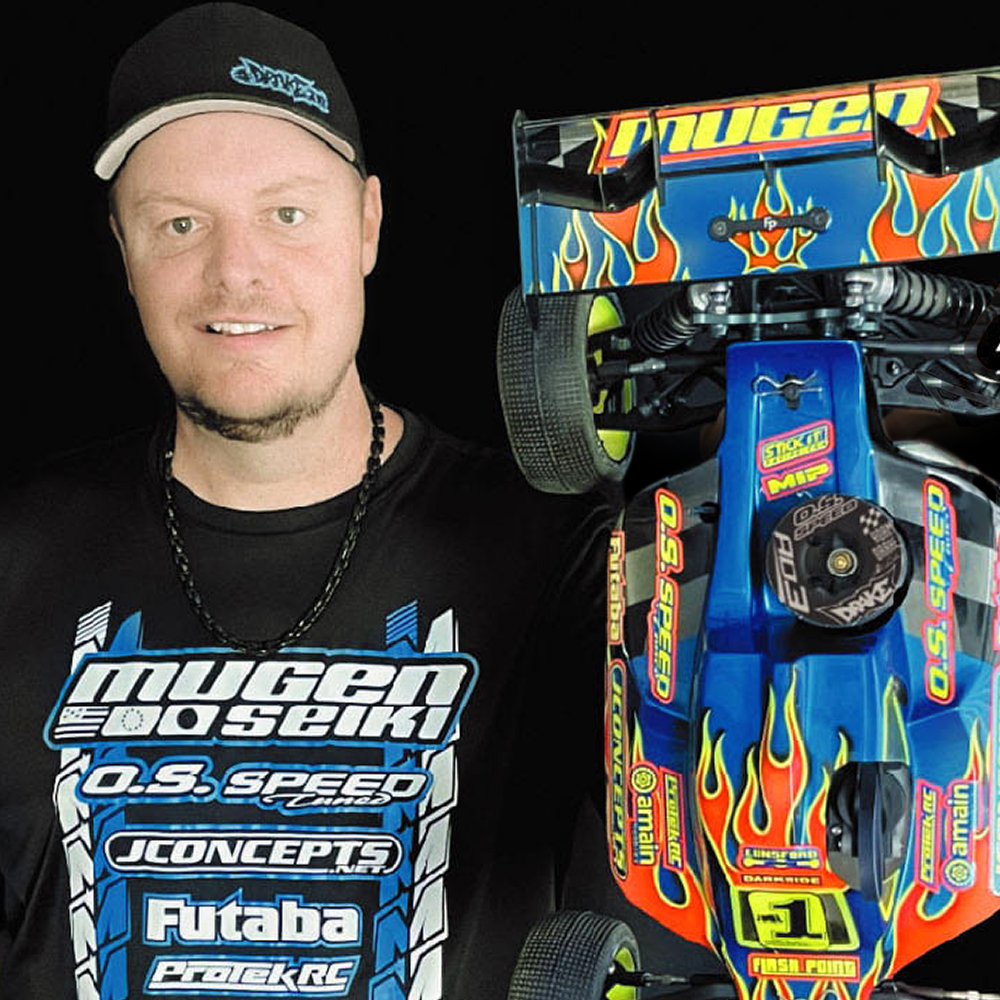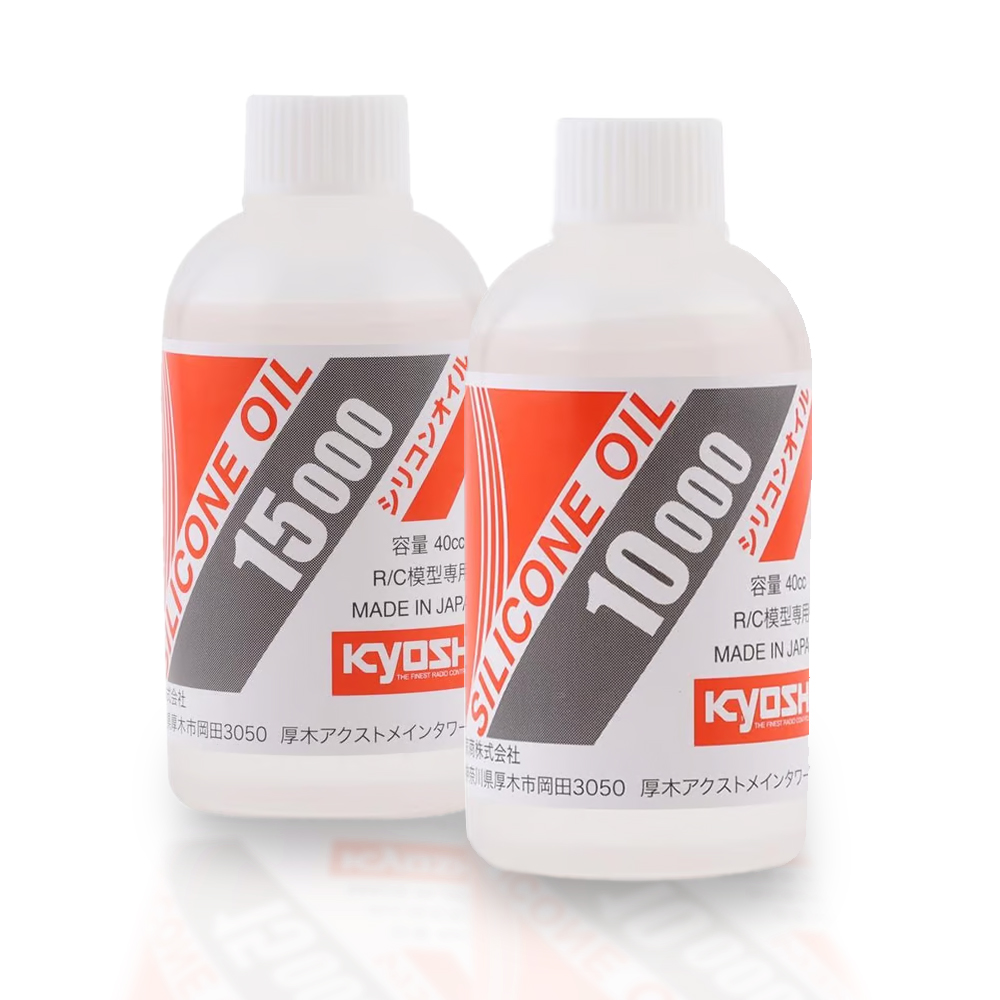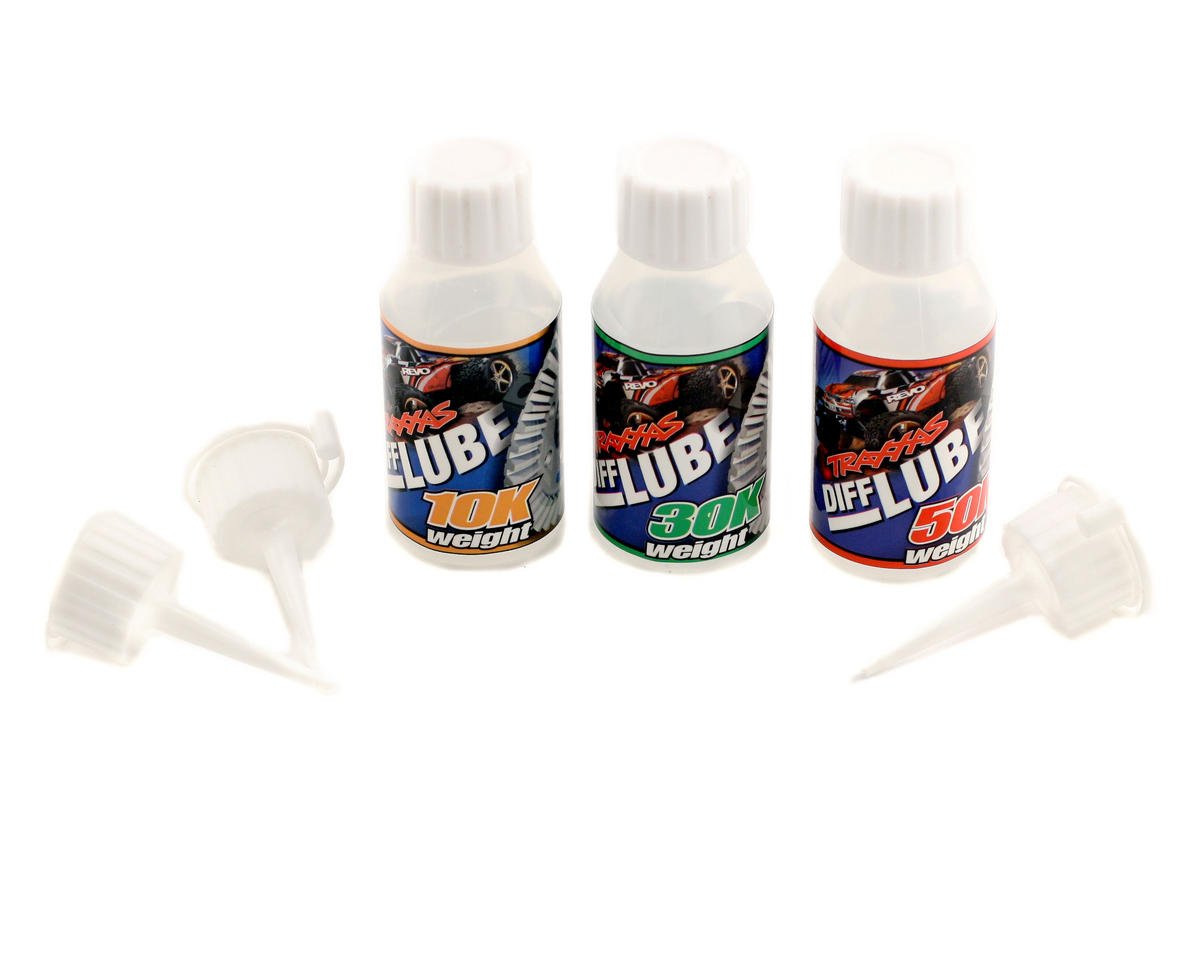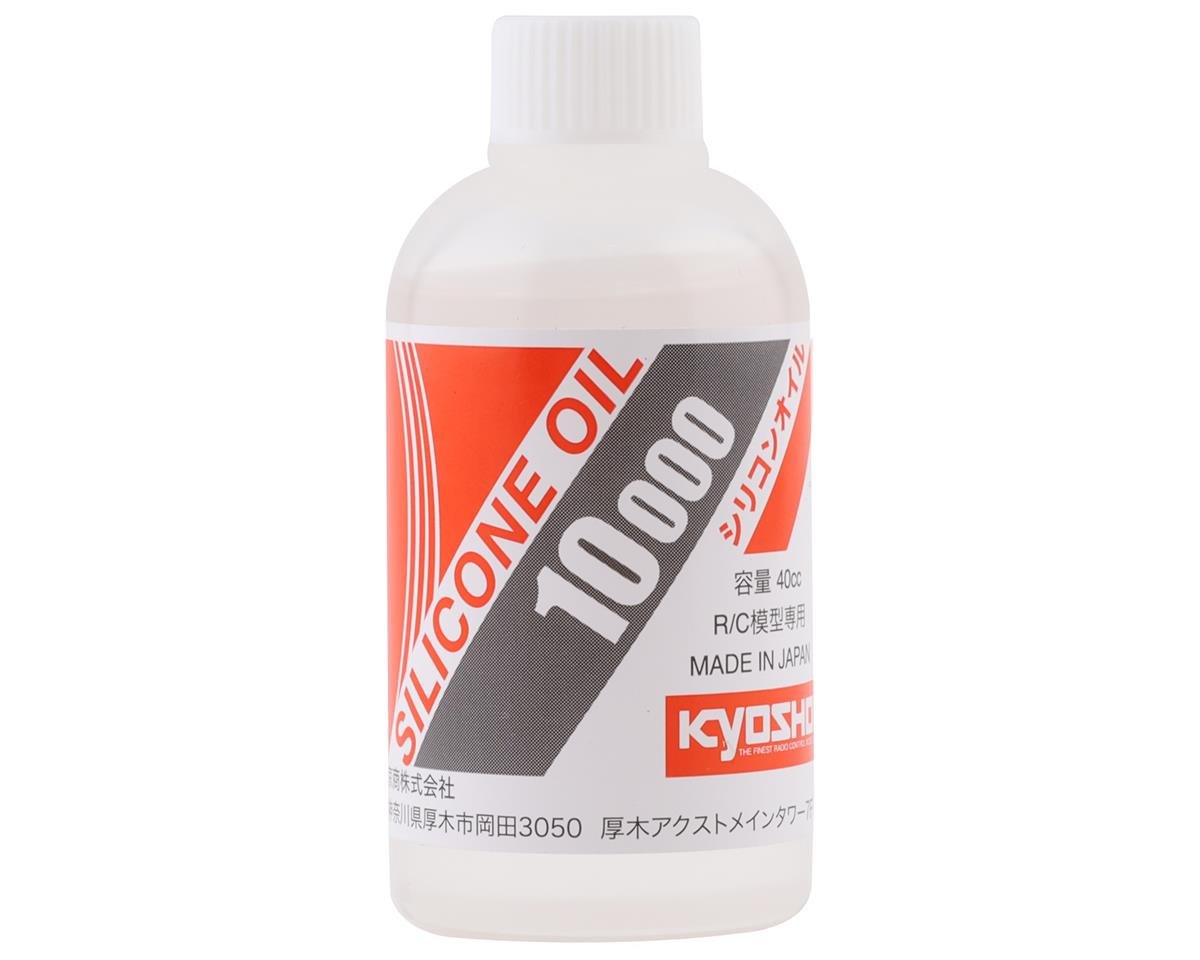
ProTek RC PRO Team Driver Adam Drake explains how to control the stability and grip of your car by adjusting the differentials according to your running conditions. The balance between the car's front, center, and rear is crucial for optimal performance. On high-grip tracks, running light diffs may make your car aggressive, unstable, and oversteered. On low-grip tracks, running too thick diffs may result in unresponsive steering and low grip. Discover what a thin or thick diff does to the control and stability of your vehicle.

Adam talks about balancing with the right diff fluid.
- ProTek RC PRO Team Driver
Front Differential
Thin fluid attributes:
- Provides more steering in the corner and mid-corner
- Increases steering when coasting into the corner
- Pulls less when transitioning from off throttle to on throttle
- Steers in the corner more but steers out less
Thick fluid attributes:
- Steers more precisely, stably, and smoothly getting into the corner
- Provides more steering when picking up the throttle
- Potentially makes the rear of the car loose because it steers more on throttle
Center Differential
Thin fluid attributes:
- Bleeds power to the front, which can provide smoother steering into corners.
- Calms down aggressive throttle inputs and reduces tire spin.
- Provides more acceleration in lower grip conditions.
Thick fluid attributes:
- Provides more stability during on and off throttle transitions and long sweeping turns.
- Can help equalize tire wear between the front and rear tires.
- Can make the car feel more stable and predictable, but may sacrifice some agility and responsiveness.
Rear Differential
Thin fluid attributes:
- Lighter diff fluid on the rear of the car can help with turning and rotating into corners, especially in low grip conditions.
- Lighter diff fluid can help the car rotate more and continue to rotate when picking up the throttle.
- Lighter diff fluid can prevent the car from stalling mid-corner and improve overall cornering performance.
Thick fluid attributes:
- Thicker diff fluid on the rear of the car can make it more aggressive getting into corners.
- Thicker diff fluid can provide more stability and prevent the car from washing out or wiggling on throttle.
- Thicker diff fluid can make the car feel more locked in and provide a more predictable and stable handling.
Our Standard Setup
My standard buggy setup is 10 in the front, 10 in the center, and 7 in the rear (10-10-7). This is a neutral setting that I use for medium to higher grip tracks. If it's lower grip, I may go like 7-7-5.
Typically I like thicker in the front than I do in the back. That gives it more precision getting in, rotates through the middle of the corner, and has good steering on exit.
Ronda likes a little different setup. She likes a thinner front diff because she likes the car to steer into the corner a little bit more aggressively, and then she wants the car to have more grip and kind of bleed on the exit of the turn.
So, she runs a thicker rear diff than front diff. Her standard setup lately has been 6-7-7. But, again, if it's a really low grip, she'll go as low as 3 or 4 in the center. Usually 4, but sometimes as low as 3.

CVAs vs Universal on Truck and Buggy
When I ran CVAs on truck, I would run 10-15-7. Now that I run universals, I typically run 15-15-10, because there's a little bit less bind with universals, which also makes on throttle diff action a little more free.
When I ran CVAs on my buggies, I would run 5-7-4. As I stated previously now that I use universals, I run 10-10-7. Universal's front and rear seem to have a good balance for most track conditions, especially if it's medium to high grip. You will want to run universal's with slightly thicker diffs and CVAs a little bit thinner diffs.
Summary
The big thing is—balance front to rear. It is all about having the suitable fluid and balance for the amount of grip that you have. Typically, higher grip, higher (thicker) diff fluid, lower grip, lower (thinner) diff fluid. You don't want the front ever pulling so much more than the rear that it makes it out of balance, or have a thick rear that pushes more than what the front is pulling, and making it out of balance.
If the condition is high grip and you're not worried about that stability on exit of the turn, then it may be possible you're as high as, say, 15 in the front and as low as like 5 in the back. But that would be for an extremely high bite track, more like a European-style track where you're carrying a lot of momentum, not many stop-and-go situations. For US style tracks you need to have a closer balance front to rear. Typically, the viscosity will be reasonably close.
Watch Adam's RC Tuning Tips
Tuning with Diff Fluids
Adam Drake talks about tuning your 1/8th off-road vehicle with diff fluids.





